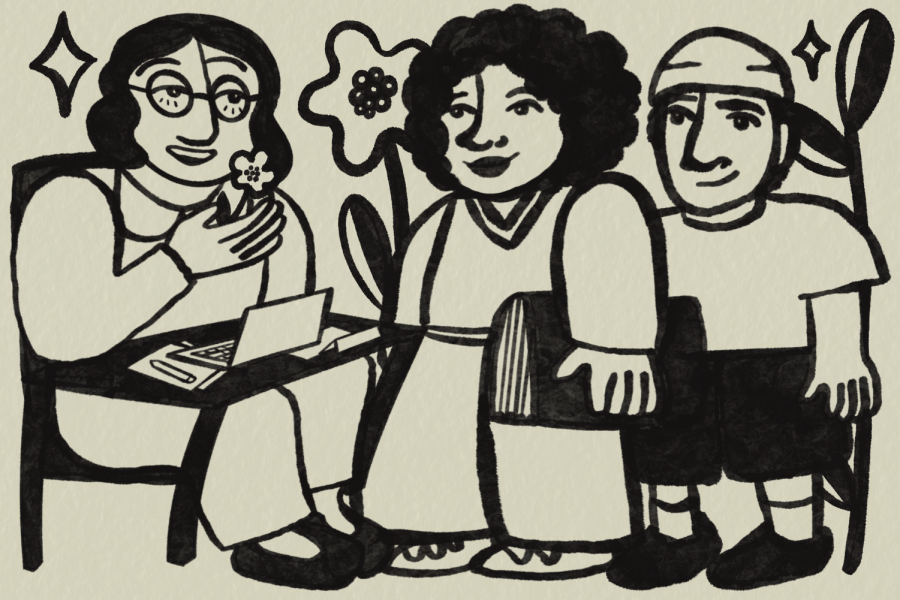FIGs should better help first year students find their place
May 4, 2022
Isolated ― I would say that describes how I felt the majority of my last semester while enrolled in a First-Year Interest Group at UT. Most of the time, the class felt repetitive and lacked variety to the point where it didn’t offer me anything and felt like a waste of time.
First-Year Interest Groups need to be designed to include more open discussions to help first year students engage with their peers and form study groups.
Currently, the classes limit students’ social interactions and instead introduces them to a variety of topics through presentations. This creates a barrier for incoming students hoping to feel more comfortable coming into such a large institution.
Environmental science freshman Elena Garcia expressed dissatisfaction with her FIG experience as she wished she had the opportunity to be more productive with her time.
“I wish that on days where we didn’t really have anything to do, they would’ve encouraged little study groups (to be formed),” Garcia said. “Being there with your classmates in the same class, just encouraging us, like ‘Hey, this is a good time to work together on this assignment’ … instead of just kind of sitting there.”
This is the reality for many students as presentations and scripted conversations leave little to no room for meaningful interactions.
According to Patricia Micks, assistant dean for first-year experience in the School of Undergraduate Studies, FIGs aim to create a support system for incoming students.
“The purpose (of a FIG) is to help students transition from high school to college in all of the ways that happens,” Micks said. “And to have a connection to someone on campus to be part of a community.”
While I did appreciate the program’s attempt at making me feel like I was a part of something, I was ultimately disappointed. Common concerns among students show the FIG program is not helping first year students acclimate to the big institution as it is intended to.
Public health freshman Tina Feng wished she had been able to socialize more with her FIG peers.
“I think I went into the FIG with these high expectations that I was going to really click with my FIG members and we were going to be best friends forever and it would help me acclimate to UT a lot,” Fend said. “And it did help me acclimate. But I still felt very isolated a lot of the time, even with the FIG. I wish that we had more time to talk to each other instead of getting presentations every time.”
The lack of variety in classroom activities seems to be a commonality between the experiences of many FIG students. It’s clear there is a gap between the needs and expectations of students and what the FIG program is actually providing for their undergraduate experience.
Computational biology junior Raquel Haddad expressed how her FIG experience allowed her to form relationships with her peers. However, she believed her FIG experience was an anomaly, since no one she talked to appeared to have experienced something similar. Student FIG experiences need to be more consistent.
Haddad’s FIG experience is what first year students hope to have, but many are left feeling isolated instead.
These experiences desperately reveal how FIG programs need to improve their outreach and impact in students’ lives. There needs to be an increase in social activities, hands-on learning, and more consistency in the class structure.
Requena is an environmental science freshman from Houston, Texas.



